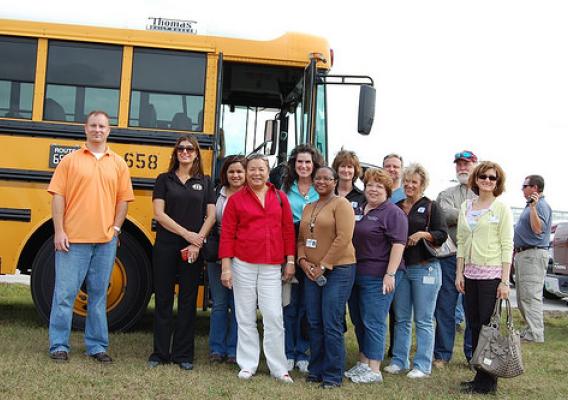Throughout the Southeast, school districts are coming up with innovative ways to promote farm to school efforts. Farm to school programs engage students, teachers, and communities on the importance of healthier eating habits, local food systems, and provide nutritional education that stimulates the mind and has a lasting effect. Increasing awareness about Farm to School efforts is no longer on the back burner for school nutrition professionals. In Florida, there are several school districts who have taken on the challenge to increase farm to school efforts using some unique approaches. In Sarasota County Schools, the Nutrition Department is committed to purchasing at least 50 percent of their produce from local farmers. The School Board of Alachua County has established 29 school gardens used as outdoor learning labs providing students hands-on nutritional education. This year during farm to school month, it is no surprise that Collier County Public Schools Department of Nutrition Services is promoting student health and wellness using the theme “Feeding the Future.”
By Greg Turchetta, Executive Director of Communications and Community Engagement, Collier County Public Schools, Naples, Fla.
“Feeding the Future” is the theme of Collier County Public Schools Department of Nutrition Services, and it certainly applies to their farm to school program.










